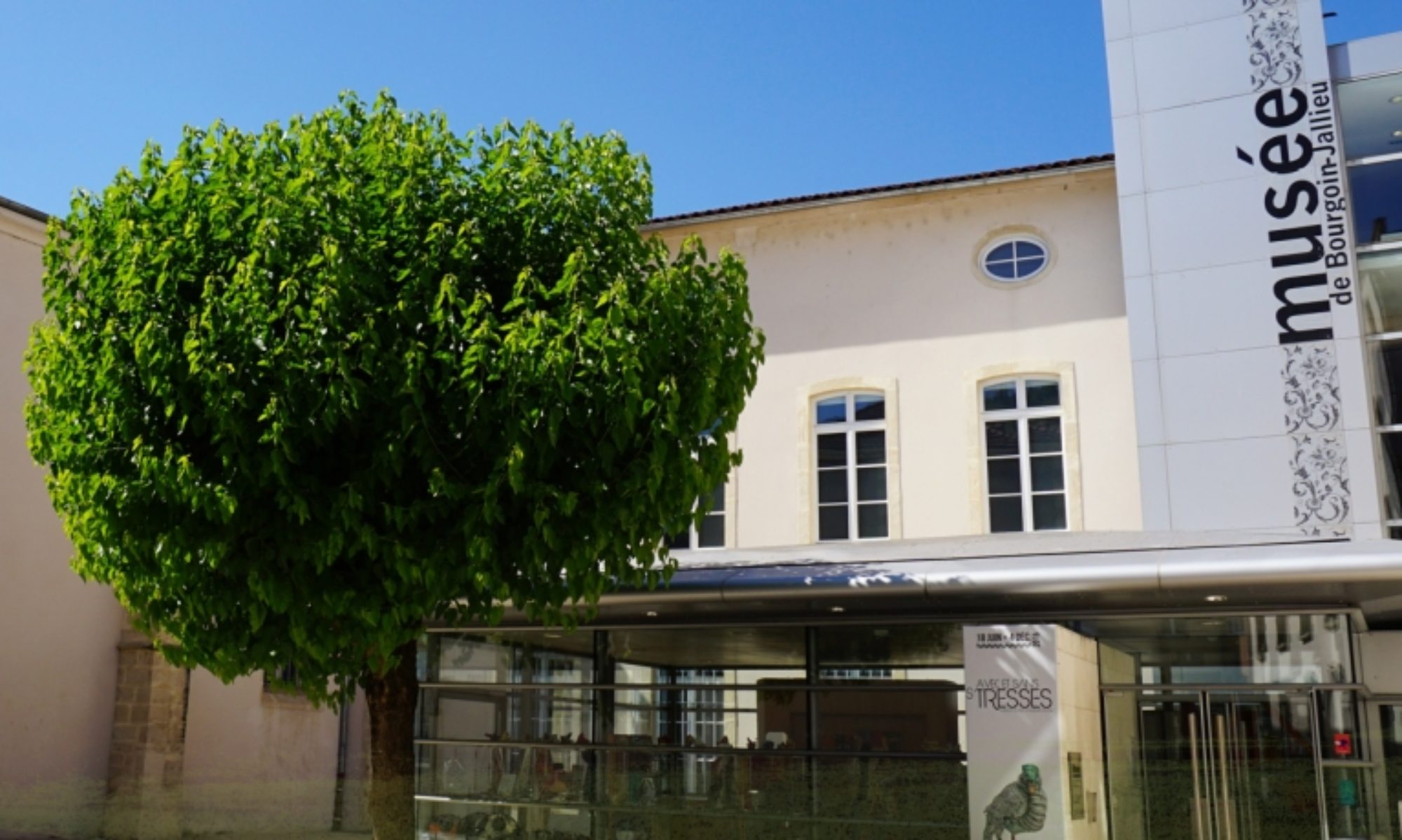Silk, long based in Lyon, did not become a major activity in the Dauphiné region until the 19th century, with the development of the silk industry and the advent of home weaving in the countryside in the 1830s.
The Fabrique Lyonnaise had a unique organizational structure: it was the craftsmen (the silk workers) who organized the production process. Their role was to act as an intermediary between the customers and the weavers (the canuts). But the canuts revolted in 1831 and 1834, following wage disputes.
These revolts incited the silk workers to scatter their production units throughout the countryside, to take advantage of the low wages and docility of the rural workforce. In the 1830s, weaving looms were therefore implanted in the departments near Lyon, particularly around Villefranche-sur-Saône, Dijon and Bourgoin-Jallieu, which was an ideal site: labor was plentiful and inexpensive, and water was abundant, particularly with the nearby Mouturier canal built in the second half of the 18th century for the cultivation of hemp.
Weaving took place in homes: small production units provided additional income, especially for women. With one or two looms at home, they could both work in the fields and weave a few pieces of silk.
But the Fabrique Lyonnaise also built factories in the countryside, mostly boarding schools, which were particularly numerous in the Lower Dauphiné region. They were established along the rivers, like the Schwarzenbach factory in Ruy near the Bourbre river. A moral bastion against the disorderly conditions of urban labor centers, these factories proliferated in the 1880s.
The silk manufacturers in Lyon were thus able to reduce their manufacturing costs through the use of an inexpensive and compliant workforce.

